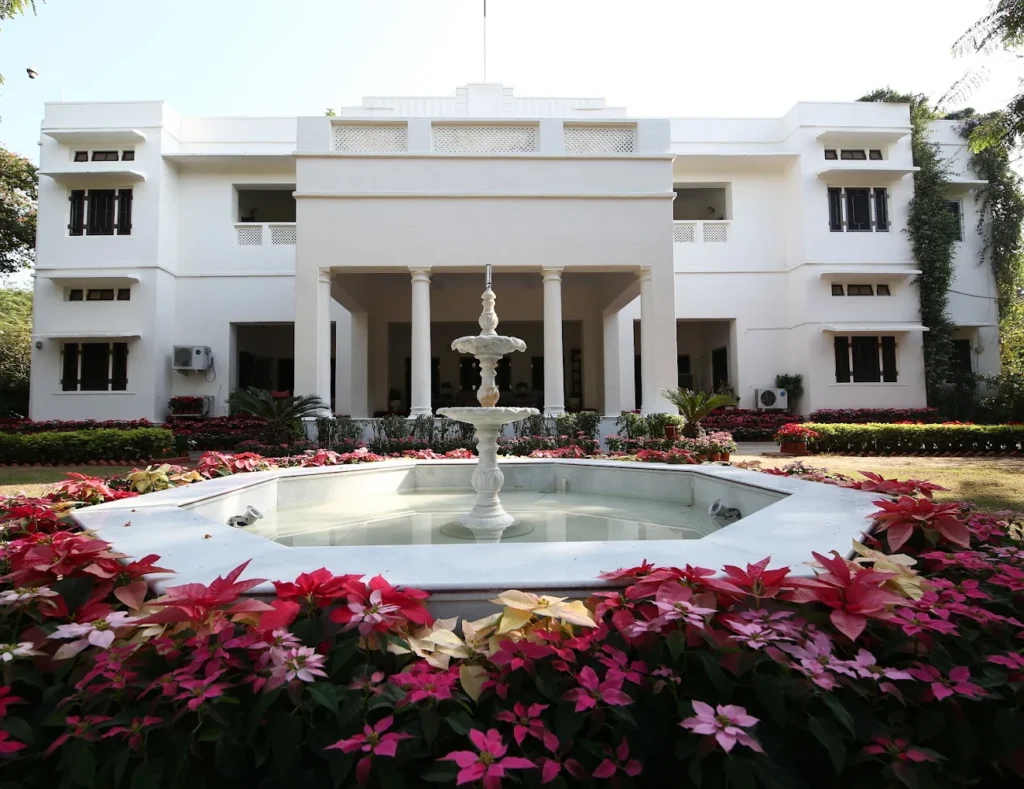 Title: The Forgotten Legacy of Loharu House, Agra
Title: The Forgotten Legacy of Loharu House, Agra
Nestled quietly within the historic cityscape of Agra, a city renowned for its Mughal grandeur and colonial charm, lies an overlooked treasure of aristocratic heritage: Loharu House. While Agra is internationally famed for the Taj Mahal and grand forts, the story of Loharu House remains largely untold. Once home to the Nawabs of Loharu, this house stands as a silent witness to a rich cultural, political, and poetic past that shaped India’s historical fabric.
Origins of Loharu and Its Migration to Agra
The princely state of Loharu was a small but influential territory in present-day Haryana. Ruled under the British Raj, it gained fame in the 19th century for its literary and cultural excellence. After princely powers declined post-independence, the Nawabs of Loharu migrated to cities like Agra, which became one of their key residences.
Loharu House in Agra became the family home of the descendants of the Nawabs. Though it lacked the grandeur of larger royal residences, it reflected refined taste, elegance, and deep literary roots.
A Hub of Culture and Poetry
The Loharu family earned fame for supporting literature and music. One of the most iconic names linked to the family was Mirza Ghalib, the legendary Urdu poet, related to the Nawabs through marriage. Ghalib’s association with the family elevated its status and turned Loharu House into a center for poetic and cultural gatherings.
In Agra, this tradition continued. The house frequently hosted mehfils, welcoming poets, singers, and writers from across northern India. For decades, it preserved the dying traditions of Urdu poetry, Hindustani classical music, and Indo-Islamic etiquette. The house’s atmosphere echoed a mix of aristocratic charm and intellectual engagement.
Architectural Character and Forgotten Elegance
Unlike massive palaces, Loharu House focused on balance and elegance. It featured well-proportioned interiors, ornate jharokhas, Mughal-style arches, and shaded courtyards. Both its structure and its residents projected restraint and quiet pride.
Visitors today can still find carved wooden doors, faded frescoes, and delicate stucco work. But time and neglect have worn down its former glory. The building now faces threats from urban encroachment, lack of heritage status, and limited public interest.
Historical Footnotes: More Than Just a Home
Loharu House served as more than a residence—it was a platform for history. During India’s freedom struggle, several family members supported the cause and participated in discussions about the fate of princely India.
While some royal houses sided with colonial powers, the Nawabs of Loharu chose diplomacy. They maintained their dignity without full submission. After independence, the family’s fortunes declined, but their influence on Agra’s arts, education, and civic life remained visible.
The House in Modern Times
Today, Loharu House rarely appears in tourist maps or history books. Private caretakers or family members manage the house with limited resources. Some rooms have adapted to modern needs, while others remain untouched, filled with dusty books, antique furniture, and fading portraits.
Cultural activists and historians have made efforts to revive interest. Yet, in a city overshadowed by the Taj Mahal, Loharu House struggles to draw attention.
Why Loharu House Still Matters
The story of Loharu House mirrors the fate of many forgotten aristocratic homes across India. These sites bridge the grandeur of the past with the realities of post-independence life. They hold memories, culture, and hybrid identities—where Mughal grace meets colonial complexity.
Preserving Loharu House helps keep alive a chapter of Indian history. It speaks of a time when poetry held political value, homes doubled as salons, and nobility meant living with purpose, not just privilege. It offers a window into an era of refinement in thought, language, and lifestyle.
Moving Forward: Hope for Restoration
With restoration, Loharu House could transform into a cultural hub, an arts museum, or a literary retreat. Reviving it could enrich Agra’s cultural scene, offering travelers a fresh view beyond Mughal monuments.
Heritage groups and government bodies must see such places as more than buildings. These sites house untold stories. With proper funding, art collaborations, and community support, Loharu House can reclaim its historical role.
Conclusion
The Loharu House in Agra may not rival the Taj in splendor, but it glows with intellectual and cultural depth. Saving it isn’t just about bricks and mortar. It means preserving a way of life that once defined India’s soul.
As Agra evolves, embracing forgotten landmarks ensures a richer, more inclusive historical narrative. Its revival could inspire future generations to value not just royal legacies, but the quiet elegance of art, poetry, and heritage.


